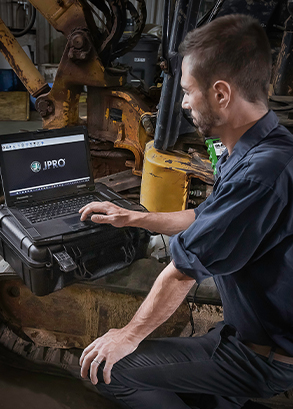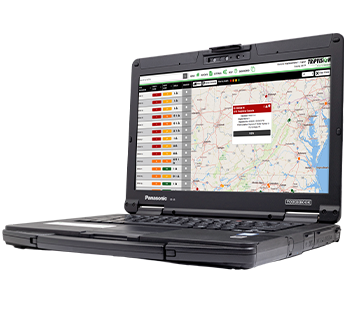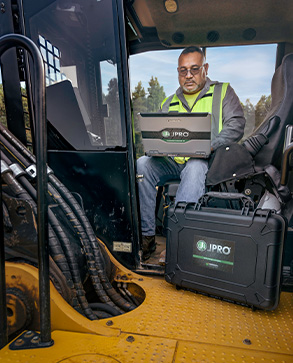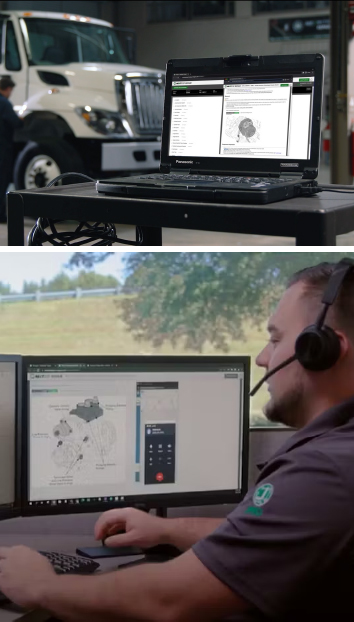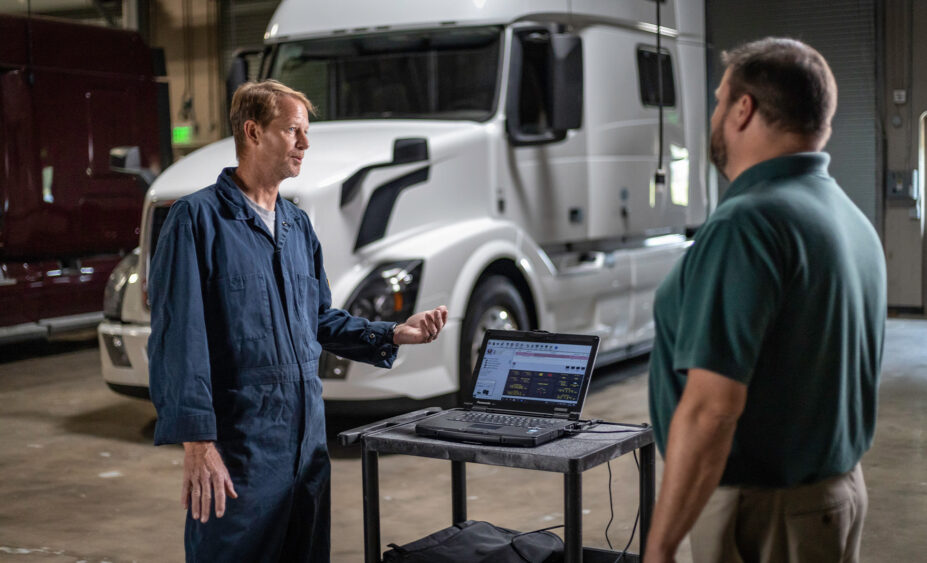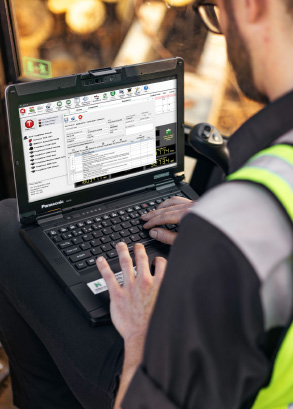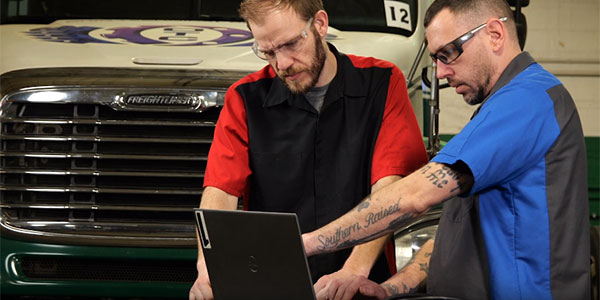Key Performance Indicators (KPIs) are goals or targets that organizations use to measure progress against their strategic objectives. Tracking KPIs is critical in industries with tight margins – such as commercial transportation – as they help provide managers with insights into performance and efficiency. Businesses can optimize operations and increase profitability by tracking and analyzing KPIs and putting together business goals that will improve those KPIs within the constraints of their budgets.
In this article, we will provide informative suggestions for some of the top KPIs that fleet and shop management should focus on.
Fleet Management
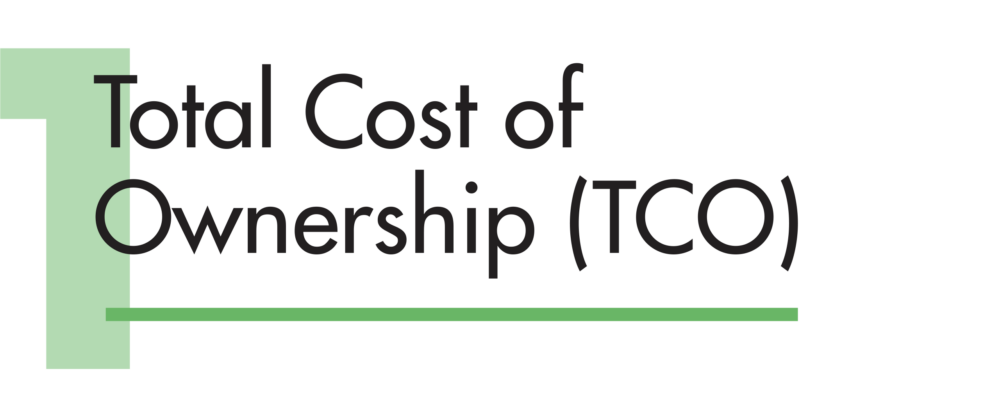
TCO tracking is crucial for fleet managers as it helps identify the numerous costs associated with owning and operating a fleet. Costs include maintenance, insurance, fuel expenses, and much more.
Recommendation: Identify your largest expenses and focus on methods that lower them. For many fleets, fuel, tires, and maintenance are near the top of the list. For example, fuel consumption and efficiency (such as miles per gallon, idle hours) are KPIs to keep a close eye on to ensure your vehicles are not burning more fuel than necessary based on your targets and objectives.
Consider implementing a remote diagnostic solution likeTripVisionthat identifies vehicles in real-time that have faults affecting their fuel consumption. With this information, you can determine if it’s necessary to fix the issue on the spot or wait until the next planned maintenance event. Additionally, it’s important to ensure that drivers adhere to your organization’s maximum road and cruise speeds. Fleets can utilize their telematics platforms to track max and average speeds and use diagnostic tools to ensure these parameters are set correctly.

Tracking vehicle downtime through KPIs can help to identify the causes, such as breakdowns, human error, and driver or technician shortages, and formulate strategies to minimize them.
Recommendation: Determine your leading cause of downtime and work diligently to improve what leads to these issues. If it’s a staffing issue, consider ways you can better train and retain your technicians.Reduce breakdowns by always completing a comprehensive diagnostic scan when the vehicle is in for maintenance or service to ensure all faults are resolved. Evaluate remote diagnostic applications and look for features like predictive fault technology that can alert fleet personnel to issues that are likely to escalate into serious problems.
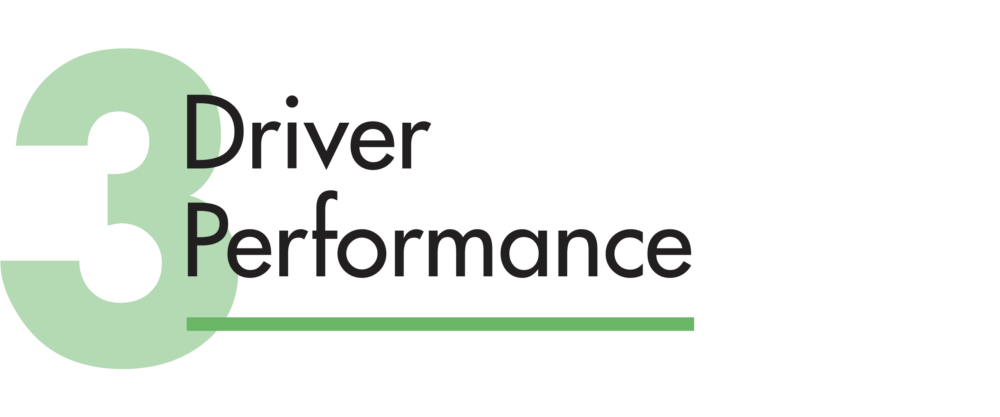
Monitoring driver performance shouldn’t be overlooked when analyzing KPIs as it directly impacts safety, efficiency, and productivity.
Recommendation: Utilize your telematics platform to track metrics related to driver behavior, such as how they brake or accelerate, and their average speed. Many fleets use driver scorecards to evaluate drivers based on KPIs like idle time, fuel efficiency, and safety violations. These scorecards help determine areas to improve and empower fleets to offer incentives such as faster max cruise speeds for good driving behavior.
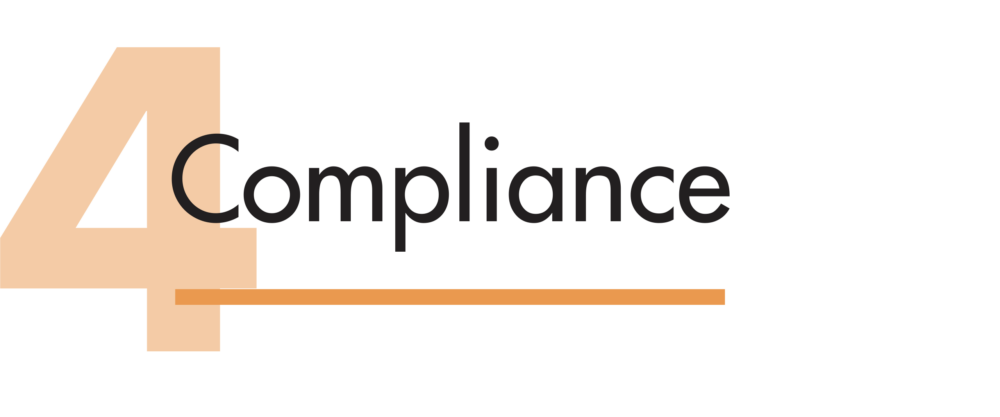
Complying with regulations, such as those put forth by the U.S.Environmental Protection Agency(EPA)orCalifornia Air Resources Board(CARB), keep equipment producing fewer harmful emissions is significant for fleet management. Not meeting these regulations can lead to costly fines and put a vehicle out of service, so it is vital to ensure fleet vehicles pass their scheduled inspections.
Recommendation: Carefully track all fleet vehicles to ensure each meets any federally mandated requirements and that any truck driving or operating in a state with stricter rules meets their standards. Consider tracking these within your telematics platform or a diagnostic tool that informs technicians when a vehicle may be due for compliance testing.
Shop Management

The comeback rate KPI measures the percentage of customers who return with the same vehicle issues after a service repair. A high comeback rate often indicates poor quality or incomplete work.
Recommendation: Train your technicians always to complete a thorough diagnostic scan, regardless of why the vehicle is in for service. This will help catch issues that could later sideline the vehicle, or help the technician find the root cause of a problem rather than applying a temporary fix that briefly clears the fault code.
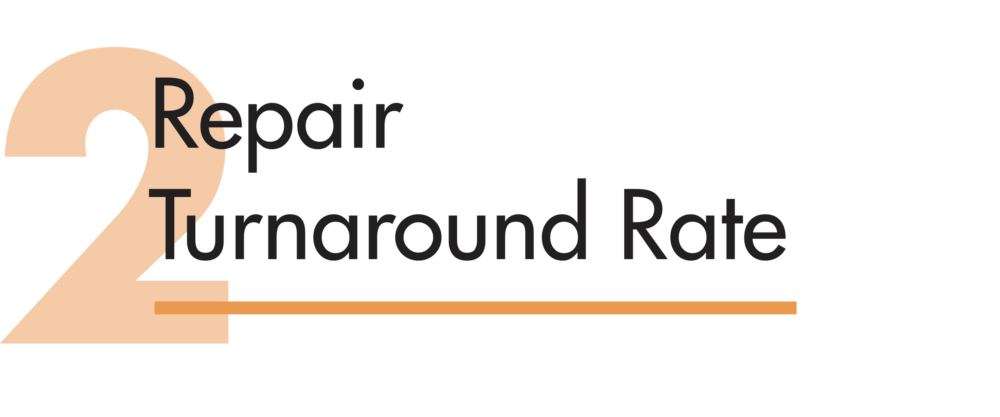
The repair turnaround rate measures how long a shop technician takes to complete a repair. Efficient repair times can significantly impact customer satisfaction and help customers maximize vehicle uptime.
Recommendation: Utilize all available resources that help technicians complete the repair in a thorough, accurate manner. One investment we highly recommend is a subscription to all-makes service information.NextStep Repair, which features a series of interactive maintenance guides, turns difficult repairs into step-by-step instructions with detailed images/diagrams, safety information, and valuable details for locating, removing, and replacing various components.
Additionally, strongly consider investing ina remote technician support service.These programs deliver access to highly qualified technicians who have the skills and certifications to help your team solve a tricky diagnosis or repair. By leaning on these professionals, your techs can stop pulling away their more experienced counterparts and prevent unnecessary time spent scouring the internet or service manuals for answers.
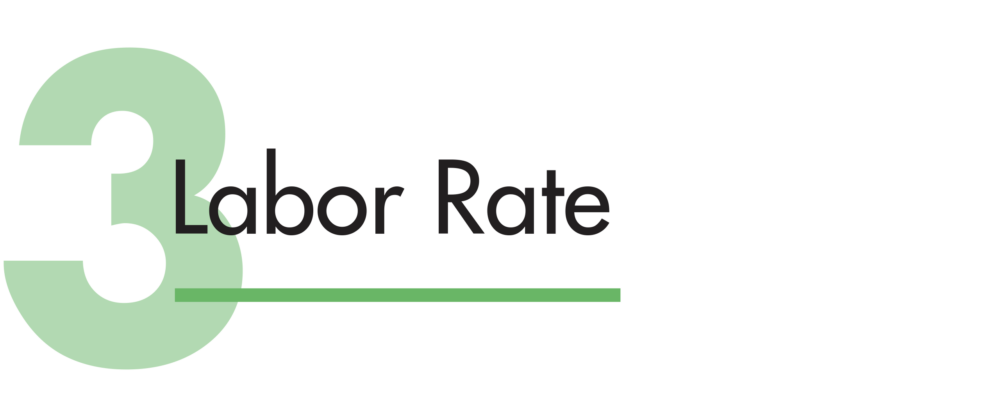
The labor rate measures employee retention, turnovers, and performance. Being able to monitor where the shop may be undercharging employee labor or providing inadequate support to specific departments or roles against their competitors.
Recommendation: Turnover can drastically affect KPIs across the board for fleets and service centers. Ensure you are paying a competitive wage, providing your techs with the tools and environment to succeed, and making them feel like part of the team by listening to their input and adapting your processes and procedures as necessary.

Service centers should keep a very close eye on their dwell rate, which is the vehicle’s average time in the shop before repairs or maintenance are completed. Unless caused by a labor shortage, high dwell rates often indicate inefficiencies somewhere in the service process.
Recommendation: Technicians performing intake should use the same software the in-bay techs use to diagnose all makes, models, and components. During intake, it is essential to catch all faults and issues on the vehicle so effective triage can help plan for bay, service, and parts needs and accurately estimate how long it will take to complete repairs on that vehicle. Technicians can accomplish this by performing a holistic vehicle scan with their diagnostic tool and pairing it with acomprehensive visual inspection.
Shop & Fleet Management

Tracking technician productivity is important for shop and fleet management. Analyzing this KPI helps to improve many other critical KPIs such as downtime and dwell time.
Recommendation: Provide your technicians with the tools and resources to be successful. This includes purchasing advanced diagnostic tools and investing in services like online repair guides and remote technician support. It also requires fleets and shops to be vigilant in identifying training and ongoing educational opportunities. Send your technicians for OE training and certifications, enroll them in self-paced training opportunities likethe JPRO Certificationcourse, and, whenever possible, bring training in house for all of your technicians and show them you’re investing in their careers. Commercial vehicles and heavy-duty equipment are evolving, and technicians can’t solely rely on their initial diesel training to continue servicing these new technologies.

Tracking technician productivity is important for shop and fleet management. Analyzing this KPI helps to improve many other critical KPIs such as downtime and dwell time.
Recommendation: Provide your technicians with the tools and resources to be successful. This includes purchasing advanced diagnostic tools and investing in services like online repair guides and remote technician support. It also requires fleets and shops to be vigilant in identifying training and ongoing educational opportunities. Send your technicians for OE training and certifications, enroll them in self-paced training opportunities like the JPRO Certification course, and, whenever possible, bring training in house for all of your technicians and show them you’re investing in their careers. Commercial vehicles and heavy-duty equipment are evolving, and technicians can’t solely rely on their initial diesel training to continue servicing these new technologies.
This article is sponsored by Noregon Systems.



